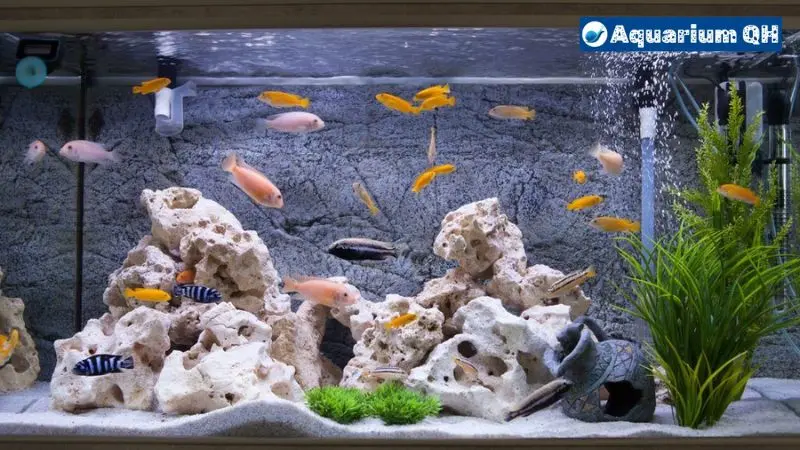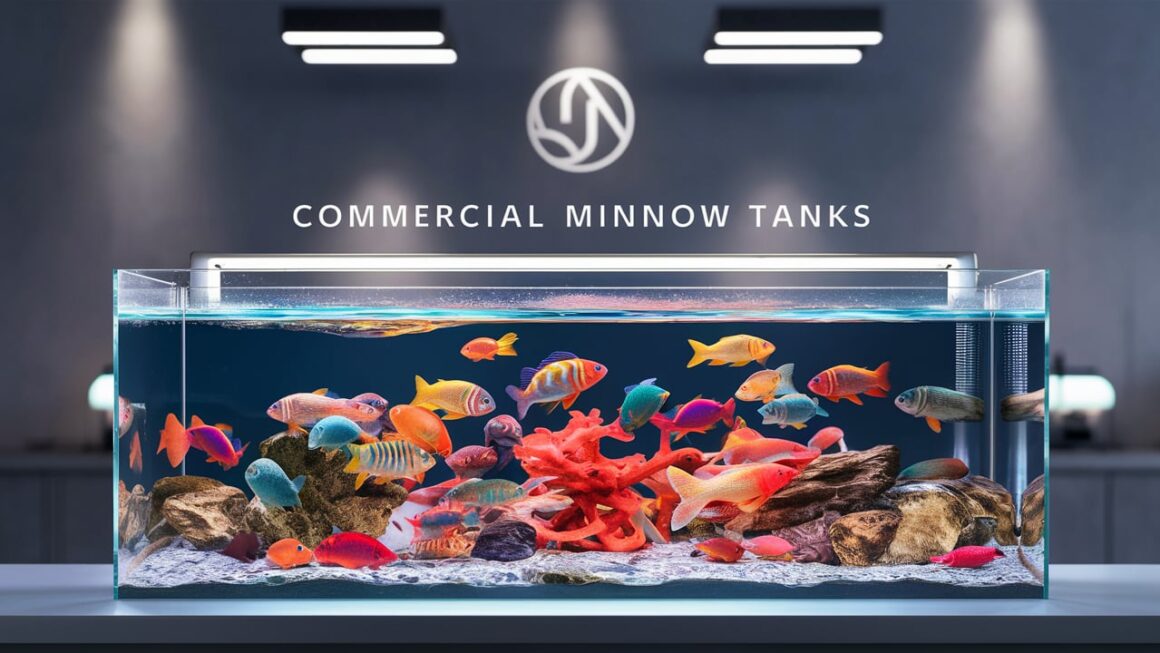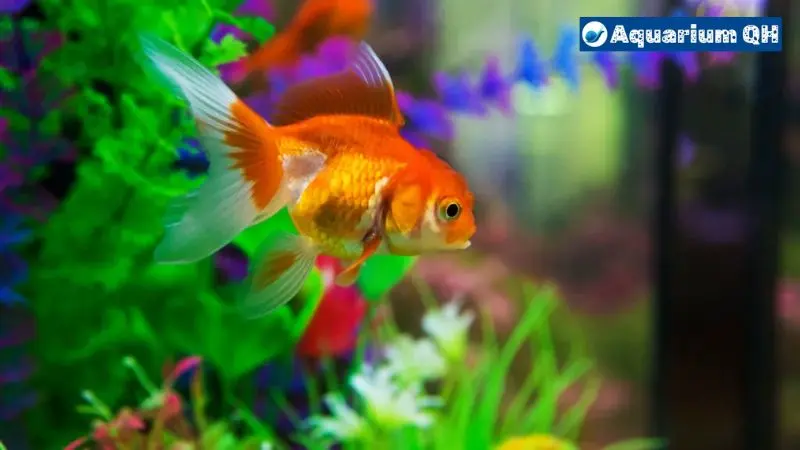Are you ready to transform your aquarium into a mesmerizing underwater oasis? If you’re wondering how much sand you need for your 55-gallon aquarium, you’ve come to the right place! Let’s Aquarium QH dive in and explore everything you need to know to create a stunning aquatic environment for your aquatic friends.
Importance of Substrate
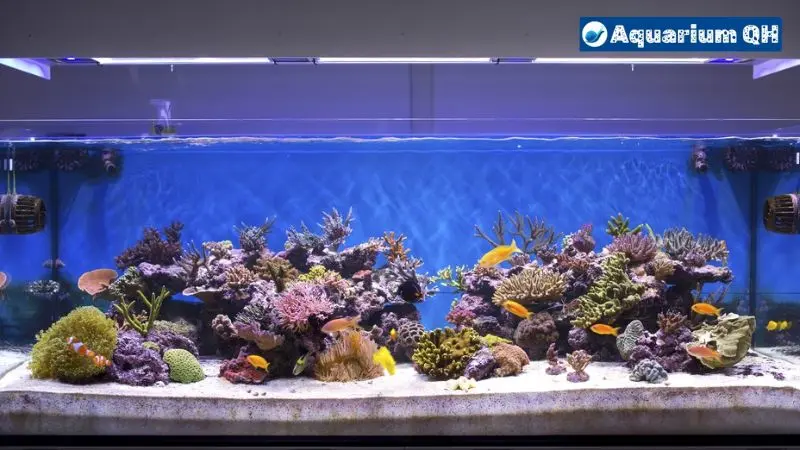
The substrate, or the material lining the bottom of your aquarium, plays a crucial role in replicating a fish’s natural habitat. It serves as a foundation for plants, aids in the cycling of nutrients, and provides a surface for beneficial bacteria to thrive.
Choosing the Right Type of Sand

Not all sands are created equal! When selecting sand for your aquarium, opt for fine-grained varieties like play sand or aquarium sand. These types are gentle on delicate fish and plants, preventing injuries and root damage.
Calculating the Amount of Sand
Determining the quantity of sand needed for your 55-gallon aquarium involves some simple math. Measure the length and width of your tank in inches, then multiply them together to find the surface area. Multiply the surface area by the desired depth of sand (usually 1-2 inches) to get the total volume required.
For Example:
The length: 20 inches.
The width: 15 inches.
The surface area: 20 * 15 = 300 in2.
The quantity of sand needed for your aquarium with the length and the width as above is: 300 * 1.5 = 450 in3 (~2 US gallons).
Preparing the Aquarium
Before adding sand, thoroughly clean your aquarium to remove any debris or residues. Rinse the sand under running water until it runs clear to eliminate dust and impurities that could cloud your tank.
Adding the Sand
Carefully pour the sand into your aquarium, using a gentle hand to avoid disturbing the substrate or stirring up debris. Spread the sand evenly across the bottom of the tank, creating a smooth and level surface.
Distributing the Sand
Once the sand is in place, use your hands or a flat tool to distribute it evenly. Pay attention to corners and edges, ensuring that every inch of the aquarium floor is covered with a uniform layer of sand.
Adjusting Water Parameters
After adding sand, monitor your aquarium’s water parameters closely. Sand can affect pH and hardness levels, so be prepared to make adjustments as needed to maintain optimal conditions for your fish and plants.
Decorating Your Aquarium
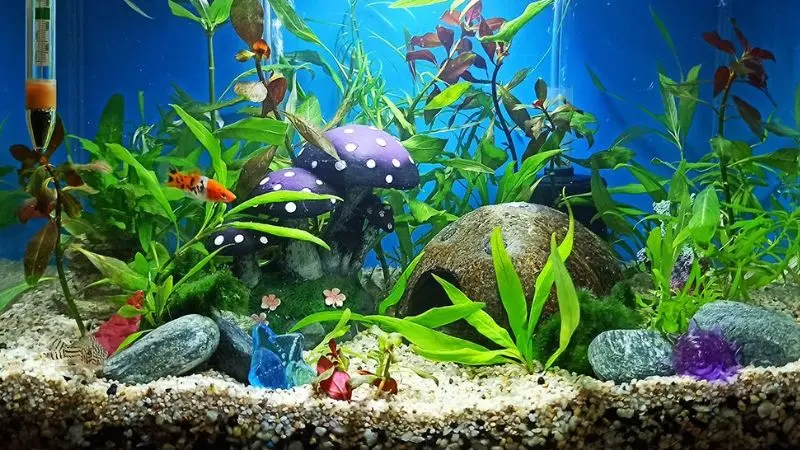
With the sand in place, it’s time to get creative! Add rocks, driftwood, and decorative ornaments to enhance the visual appeal of your aquarium. Create naturalistic landscapes and hiding spots for your fish to explore and enjoy.
Maintenance Tips
Keeping your aquarium clean and healthy is essential for the well-being of your aquatic inhabitants. Regularly vacuum the sand to remove debris and waste, and perform water changes to maintain water quality. Monitor ammonia, nitrite, and nitrate levels to prevent harmful spikes.
Conclusion
By following these simple steps, you can determine the perfect amount of sand for your 55-gallon aquarium and create a stunning underwater environment that both you and your fish will love. So go ahead, unleash your creativity, and transform your aquarium into a captivating aquatic masterpiece!
FAQs (Frequently Asked Questions)
- How often should I clean the sand in my aquarium? Regular maintenance is key! Aim to vacuum the sand once a week during water changes to remove debris and prevent the buildup of harmful substances.
- Can I use beach sand for my aquarium? While beach sand may seem like a convenient option, it can contain contaminants and toxins harmful to your fish. It’s best to stick with sands specifically designed for aquarium use.
- Will adding sand lower the water level in my tank? Yes, adding sand will displace some water, causing the water level to drop slightly. Be sure to account for this when filling your aquarium.
- Do I need to rinse the sand before adding it to my aquarium? Yes, rinsing the sand is essential to remove dust and debris that could cloud your tank. Rinse the sand thoroughly until the water runs clear before adding it to your aquarium.
- Can I mix different types of sand in my aquarium? While it’s technically possible to mix different types of sand, it’s generally not recommended. Mixing sands of varying grain sizes can result in uneven distribution and potential issues with water quality. It’s best to stick with one type of sand for consistency.

